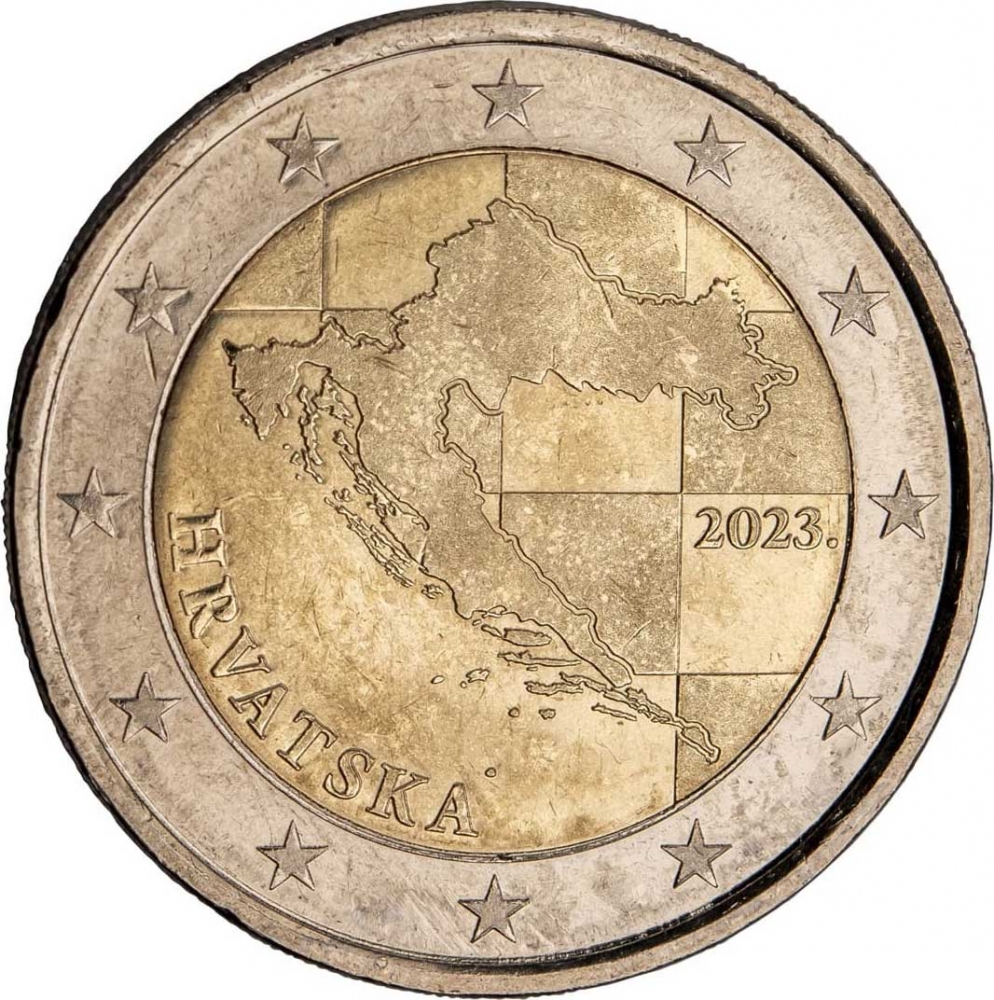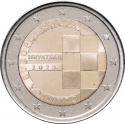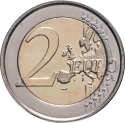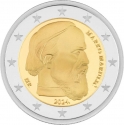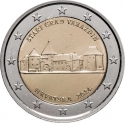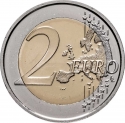You are about to finish your registration. Please check your mailbox (including spam folder). There should be a letter with a confirmation link. Check setting to make sure that your e-mail address is correct.
Send letter againDescription
On January 1, 2023, Croatia embraced the Euro as its currency, replacing the Croatian kuna that had been in use since 1994. Croatia became an official member of the European Union in July 2013 and committed to adopting the euro once it fulfilled the necessary criteria for EU membership. Anticipated to fulfill all prerequisites, Croatia is set to become the 20th member of the eurozone in early 2023.
Incorporated into the structured design, the Croatian checkerboard, referred to as "šahovnica," serves as a backdrop across all coin denominations. This iconic checkerboard pattern, one of Europe's oldest national symbols, is presently featured on Croatia's national emblem and flag. Its association with Croatia dates back to its adoption as an element of the Croatian Kingdom's coat of arms in 1495.
Obverse

|
Depicts the geographical map of Croatia. The date on the right, country name below. Surrounded by the twelve stars of the European Union. 2023. |
|---|---|
Reverse

|
A geographical map of Western Europe spans the outer ring and inner core on the right side of the coin. The inscription 2 EURO is superimposed over the map of Europe, with the numeral “2” located in an open field representing the eastern Atlantic Ocean. 2 EURO |
| Edge |
Depicts a quote from the Hymn to Freedom by Ivan Gundulić from Dubrovnik (1628): Oh beautiful, oh dear, oh sweet freedom O LIJEPA O DRAGA O SLATKA SLOBODO |
Swap now (1 offer)
Characteristics
| Material | Bi-Metallic |
| Ring | Cupronickel |
| Center | Nickel Brass |
| Weight | 8.5 g |
| Diameter | 25.75 mm |
| Thickness | 2.2 mm |
| Shape |
|
| Alignment | Medal |
| Mint |
Croatian Monetary Institute (HNZ)
|
